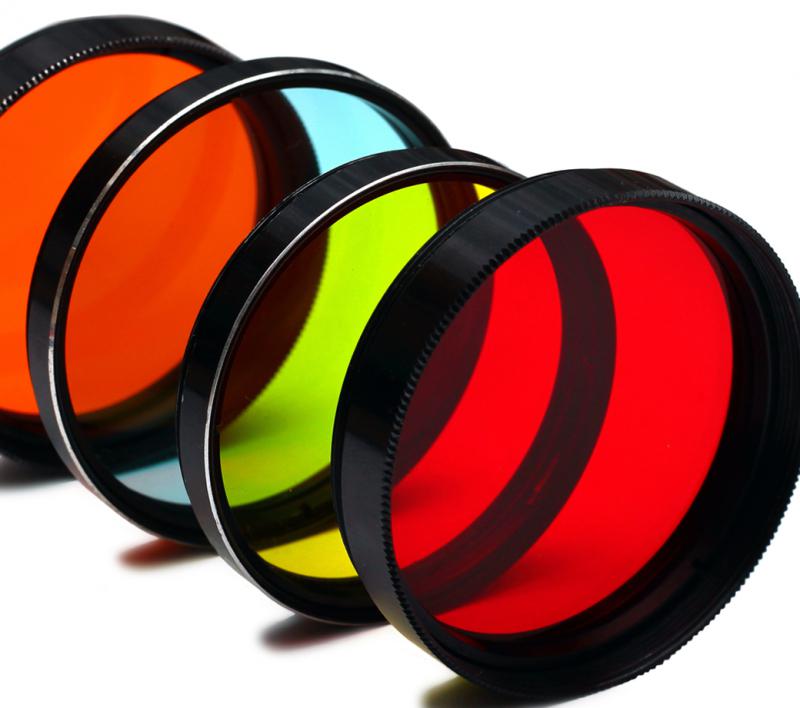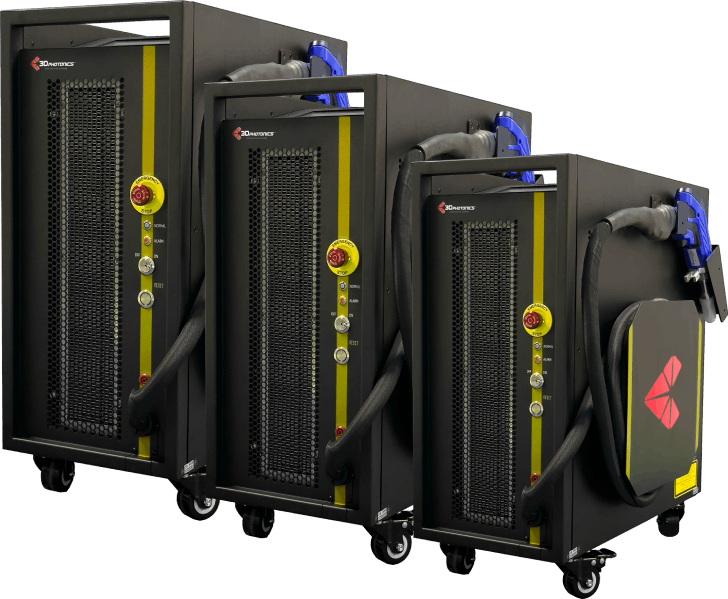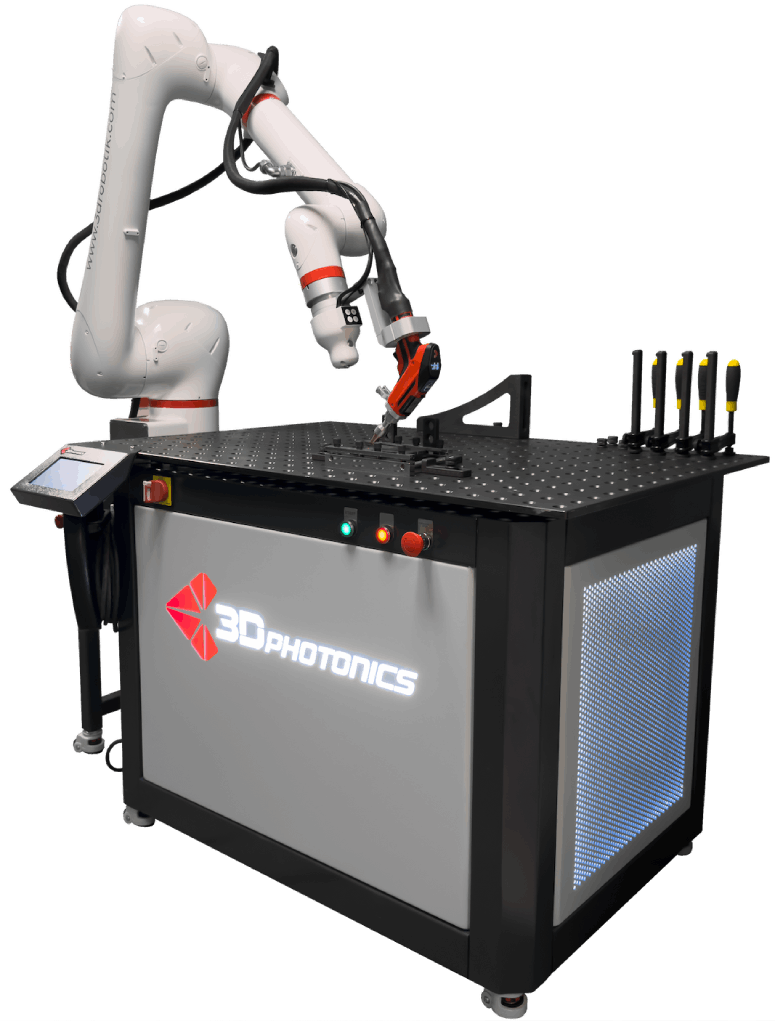
Improving production quality, increasing efficiency, and minimizing errors… At the center of all these goals lies a factor often overlooked: optical filters. So, what exactly do these small yet critical components do? And why can choosing the right filter change the fate of your production process?
What is an Optical Filter?
An optical filter is a component that controls the transmission of light in specific wavelengths. Its main purpose is to allow the passage of desired wavelengths while blocking the undesired ones. This ensures clarity and accuracy in a wide range of applications from imaging systems to laser technology.
Types of Optical Filters
Different optical filter types are customized according to the application needs:
- Transmission Filters: Transmit a certain range of wavelengths while blocking others.
- Blocking Filters: Completely block specific wavelengths.
- Bandpass Filters: Allow light within a specific range (band) to pass through.
- Dichroic Filters: Reflect or transmit light at specific angles; commonly used in laser systems.
The Role of Optical Filters in Production Processes
Industrial production machines—especially robotic systems, laser measurement devices, and imaging systems—require precise optical filtering. Here's how optical filters make an impact:
| Application Area | Effect of Optical Filter |
|---|---|
| Laser Welding Systems | Prevents reflections and misfocusing, enhances precision. |
| Industrial Camera Systems | Improves image quality, prevents misreading or false detection. |
| Quality Control Lines | Provides accurate measurements through better light sensitivity. |
Key Considerations When Choosing Optical Filters
Choosing the wrong filter can result in energy loss, inaccurate readings, or even damage to devices. Key criteria to consider include:
- Wavelength range
- Type of light source
- Operating environment (dust, temperature, humidity)
- Surface coatings and optical density
Integration with Photonics Systems
Optical filters are indispensable components of photonics systems. Directing light at the correct wavelength is essential in every field from laser processing to medical imaging—and this depends heavily on filter quality.
Small Component, Big Impact
Optical filters play an invisible yet critical role in production processes. Selecting a high-quality optical filter not only lowers operational costs but also improves product quality and customer satisfaction. Therefore, consulting an expert for filter selection is key in system design.
Frequently Asked Questions
Why are optical filters used?
They transmit or block specific wavelengths of light, ensuring precision in imaging, measurement, and laser systems.
How do optical filters impact production?
They prevent inaccurate measurements and make production lines more efficient and accurate.
In which industries are optical filters used?
Automotive, defense, medical devices, photonics, robotic laser systems, and imaging technologies.
What is the relationship between optical filters and photonics systems?
In photonics systems, light must be precisely directed, which depends on the use of high-performance filters.
- Is Micron-Level Processing Possible with Lasers? How It's Achieved
- Recent Developments in Fiber Laser Technology
- 5 Key Factors That Define Quality in Optical Systems
- What Is Laser Marking? Permanent and Reliable Traceability Solutions
- Using Spectrometers in Industrial Applications
- Laser Cutting vs CNC: A Comparative Guide
- Optical Solutions in 3D Manufacturing: The Power of Precision
- The Role of Laser in the Defense Industry: Next-Generation Security Technologies
- What Are Optical Filters Used For? The Impact of Right Selection on Production
- FABTECH Chicago, September 8-11, 2025
- 3D Photonics at FABTECH 2024: Showcasing Advanced Laser Technologies for Industrial Applications
- 3D Photonics Showcases Innovative Laser Solutions at EUROBLECH 2024
- What is Photonics?
- Robot Investments Summit | 20-23 December | Istanbul
- 16. Blechexpo | 7 - 10 November | Messe Stuttgart



